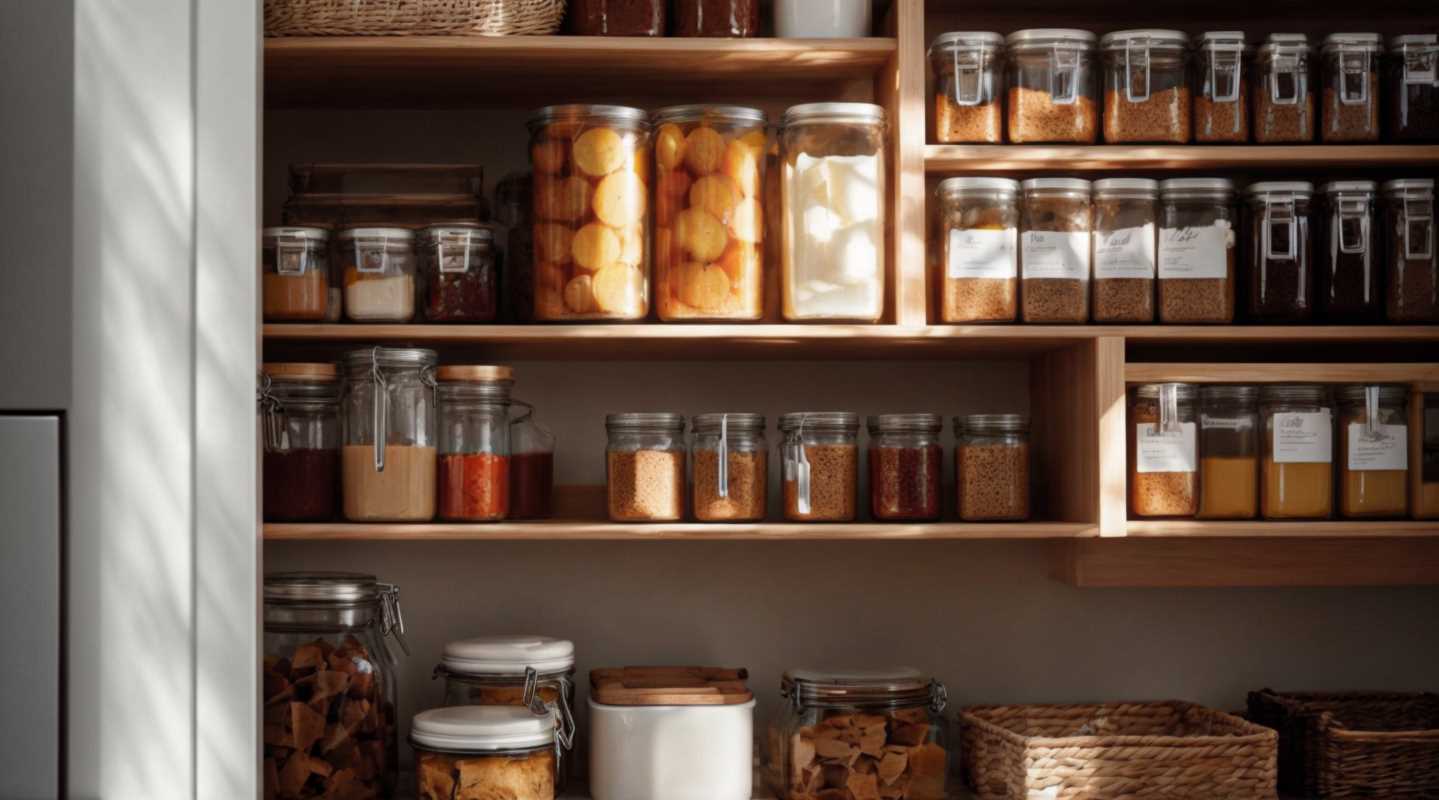Transforming those pesky backyard weeds into mouthwatering meals presents a delightful opportunity to dive into sustainable living while expanding your culinary repertoire. By incorporating these underappreciated plants into your diet, you not only cut down on waste but also strengthen your bond with nature and promote a healthier, greener way of life. Whether you're a seasoned gardener or simply looking to reduce your impact on the environment, weaving edible weeds into your dishes can bring both joy and advantage to your dining experience. It's a tasty and fulfilling approach to making eco-conscious choices in your everyday routine.
Why Eat Your Weeds?
- Environmental Benefits: Reduces waste by using plants that you would otherwise discard, minimizing the need for additional resources to grow new produce.
- Cost-Effective: Harvesting weeds from your own backyard lowers grocery bills and reduces dependence on store-bought greens.
- Rich in Nutrients: Many backyard weeds are packed with vitamins, minerals, and antioxidants, providing substantial health benefits.
- Biodiversity Support: Encouraging the growth and use of a variety of plants can create a healthier and more balanced ecosystem in your garden.
- Seasonal Flexibility: Weeds often remain hardy and available year-round, providing a consistent source of fresh ingredients.
- Flavor Enhancements: These plants bring unique tastes and textures to your dishes, making your meals more interesting and varied.
- Control: Taking charge of your food sources builds a deeper appreciation for what you consume and the environment.
Identifying Edible Backyard Weeds
- Dandelion (Taraxacum officinale): Every part of the dandelion is edible, from the roots to the bright yellow flowers. They offer a slightly bitter taste, perfect for salads and teas.
- Chickweed (Stellaria media): With delicate white flowers and tender green leaves, chickweed adds a subtle sweetness to sandwiches, salads, and soups.
- Purslane (Portulaca oleracea): Known for its succulent leaves and crunchy stems, purslane is rich in omega-3 fatty acids and adds a refreshing zest to various dishes.
- Shepherd’s Purse (Capsella bursa-pastoris): This small, heart-shaped seed pod plant can be used in stir-fries and soups, offering a peppery flavor.
- Plantain (Plantago major): Not to be confused with the banana-like fruit, plantain leaves work well in salads and can be cooked as a leafy green vegetable.
- Yarrow (Achillea millefolium): Yarrow’s feathery leaves and flowers can infuse stocks and broths, providing a unique herbal note.
- Nettle (Urtica dioica): Once you blanch them to remove their sting, nettles become excellent in soups, teas, and as a spinach substitute in various recipes.
Harvesting Tips for Safe Consumption
- Correct Identification: Always ensure you identify the weed correctly before consumption to avoid toxic plants. Use reliable guides or consult local experts if you're unsure.
- Source Wisely: Harvest from areas free of pesticides, herbicides, and pollutants to ensure the weeds are safe to eat.
- Wear Protective Gear: Gloves and long sleeves protect you from thorns, stingers, or irritants that some weeds may have.
- Proper Washing: Rinse the weeds thoroughly in clean water to remove dirt, insects, and any residual contaminants.
- Age Consideration: Harvest young plants or tender parts for the best flavor and texture since older plants can be tougher and more bitter.
- Storage Practices: Use harvested weeds promptly or store them in the refrigerator to maintain freshness and nutritional value.
- Preparation Techniques: Learn the appropriate methods for each type of weed, such as blanching nettles to remove their sting or drying dandelion roots for teas.
Eco-Friendly Cooking Ideas
- Dandelion Greens Salad: Combine fresh dandelion leaves with chickweed, purslane, and a light vinaigrette for a nutrient-packed salad.
- Purslane Pesto: Blend purslane with garlic, nuts, olive oil, and Parmesan cheese to create a unique pesto sauce for pasta or sandwiches.
- Nettle Soup: Cook nettles with onions, potatoes, and vegetable broth for a hearty and warming soup.
- Chickweed Smoothie: Add chickweed to your morning smoothie for an extra boost of vitamins and a mild, sweet flavor.
- Plantain Stir-Fry: Sauté plantain leaves with garlic, ginger, and your favorite vegetables for a quick and healthy side dish.
- Yarrow Infused Stock: Incorporate yarrow flowers into homemade vegetable stock to enhance the depth of flavor in soups and stews.
- Shepherd’s Purse Tacos: Use shepherd’s purse as a filling for tacos, combined with other vegetables and a zesty salsa.
Connecting to the Bigger Picture
Using weeds in your cooking extends beyond personal health benefits and cost savings—it plays a significant role in encouraging sustainable living. By embracing backyard weeds, you reduce the demand for commercially grown greens, which often require substantial water, fertilizers, and transportation resources. This practice supports local biodiversity and lessens the carbon footprint associated with food production.
Utilizing weeds also encourages a shift towards a more resilient and self-sufficient lifestyle. It allows individuals to take control of their food sources and builds a deeper connection with the natural environment. By incorporating these plants into your meals, you contribute to a cycle of sustainability that benefits both your immediate surroundings and the broader ecosystem.
Exploring the use of edible flowers alongside backyard weeds can further enhance your eco-friendly culinary adventures, offering a wider array of flavors and textures while maintaining an environmentally conscious approach to eating.
Connecting to the Bigger Picture
Incorporating backyard weeds into your meals serves as a meaningful step towards a more sustainable and eco-friendly lifestyle. By recognizing the value of these often-dismissed plants, you help reduce waste and promote biodiversity in your own garden. This practice supports local ecosystems, reduces reliance on commercially grown vegetables, and builds a deeper connection with the natural world.
Embracing backyard weeds can also inspire others in your community to adopt similar practices, creating a ripple effect that amplifies the positive environmental impact. As more people discover the benefits and versatility of edible weeds, it can lead to a broader shift towards sustainable living and greater appreciation for the resources available right in our own backyards.
Putting these plants to use in your kitchen not only enhances your meals but also strengthens your commitment to an eco-conscious lifestyle. It's a practical and delicious way to make a difference, one meal at a time.
Incorporating backyard weeds into your diet is a simple way to embrace sustainability, offering unique flavors while benefiting the planet.
 (Image source: Midjourney)
(Image source: Midjourney) 





